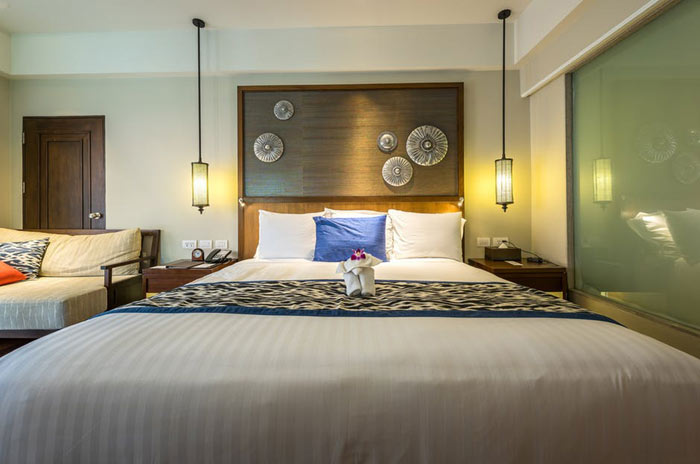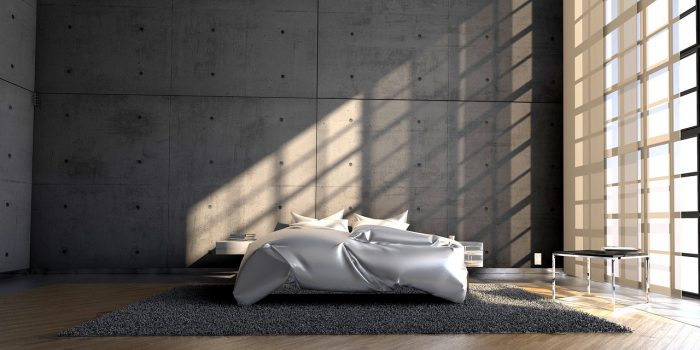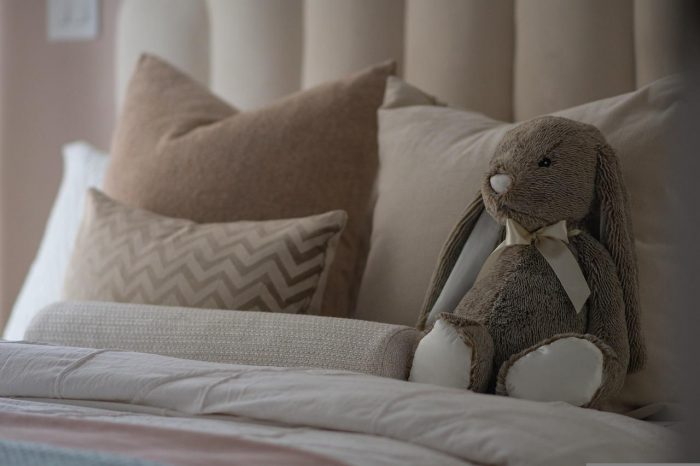Over the years, bed sheets have evolved from luxury to necessity. The modern market is full of offers, and sometimes it is difficult to choose. Various prints, fabrics, tailoring, etc. It isn’t easy to understand such a variety. Even though everything is more or less clear with the size, and the color can be chosen according to visual preference, the fabric and its composition remain a rather tricky issue when selecting the best bed sheets.

Let’s try to figure it out. First of all, it is necessary to distinguish between the concepts of fiber and fabric. Indeed, the manufacturer’s label can indicate both the composition of the fabric and the method of weaving the threads in the fabric, thereby misleading the uninformed customer.
For example, the name of satin does not indicate the complete naturalness of the material. The answer is given only when you see the composition in percentage. The most common natural fibers used in the production of bed sheet fabrics are silk, linen, and cotton.
Let’s dwell on each of them.
Silk
Soft, shiny, and cool to touch, this material has a beneficial effect on the human body. Invariably romantic, it is still quite tricky to care for. Silk bed sheets should be washed very carefully. It is even better to use the services of dry cleaning. They will clean and iron your bed linen on special rollers without damaging the delicate fabric.
Linen
It must be the most robust and wear-resistant material. It can withstand up to 200 washes. Over time, linen becomes softer and more delicate, and the noble gray color brightens and turns into yellowness. Colors do not fade on linen and will delight you with their diversity for a long time.
Linen thread is often used in mixed fabrics with cotton or viscose.
Cotton
This must be the most popular material for bed linen. It is not expensive and is quite durable. One of the main properties of cotton is its hygroscopicity. Cotton linen is warm in winter and not hot in summer.
Still, cotton types are different. Bed linen from expensive high-quality cotton will last for a long time, whereas cheap cotton bed sheets will shrink after the first wash, and the colors will fade over time.
Now we can get to the types of fabric.
Satin

It is a dense fabric made of twisted double-weave cotton or mixed thread. The more twisted the thread is, the brighter the sheen of the bedsheets will be. The number of satin thread weaves per 1 sq. cm is about 120 per 1 sq. cm. The thread itself is thinner, and the material is softer, more delicate, and durable.
Its surface is glossy and very similar to silk, but such satin costs less than silk. However, it is more expensive than other cotton fabrics. The bedsheets from satin survive 300-400 washings. This is a record number even compared to wear-resistant flax.
Mako satin is a material made from combed fine-staple cotton. It has excellent smoothness and shine, wrinkles less, and retains shine for a long time.
Percale
This is a very dense linen fabric that the smallest pillow feathers cannot penetrate. It is recommended for down and feather bedding.
Calico
This cotton fabric has a simple weave of cheap cotton threads and a low density. Calico is easy to recognize by the noticeable thickening of the threads in the canvas. It is not very pleasant to touch and does not differ in durability, but it is affordable.
Such bed sheets do not imply everyday use since the fabric is designed for only 50-70 washes.
Ranforce
This soft, durable, and practical cotton fabric shrinks after the first wash. Ranforce fabric uses a thin cotton thread, so it turns out to be thinner and more elegant than coarse calico or linen. Ranforce weaving is not cruciform, as in ordinary cotton fabrics. It is diagonal, making the fabric dense and its surface noticeably smoother.
The density and smoothness of the ranforce fabric allow you to apply drawings with thinner lines and fine details to the fabric’s surface, which significantly expands the possibilities of designers in developing colors for bed sheets.
Jacquard sateen
It has a different, more complex weave of threads, due to which it can be multi-colored in structure. Jacquard fabric is durable, wear-resistant, and often made of mixed fibers, for example, viscose and cotton, cotton and silk.
Artificial fibers

Artificial fiber is obtained by processing natural wood. In plain words, wood fiber is restructured, making it thin, soft, and elastic without changing its natural properties, such as the ability to conduct air and moisture. The most popular fabrics for bed sheets are tencel and bamboo.
Tencel (Lyocell)
It is made from eucalyptus fiber. The fabric structure is soft, delicate, and velvety, and the feeling when you touch it is reminiscent of a peach. The fabric is smooth, silky, seems to have a glossy sheen, and feels like very soft genuine leather.
This material has retained all the advantages of natural materials. At the same time, it has gotten rid of inherent disadvantages.
It can boast good wear resistance, crease-resistance, and no shrinkage, among other useful properties.
Viscose (Rayon)
This is an artificial cellulose fiber, soft, with a beautiful sheen, like silk, but much cheaper. An essential advantage of viscose is special dyes, due to which products acquire attractive, piercingly bright colors. When it comes to bedsheets, viscose fiber is used in blended fabrics.
Bamboo fiber
It is made from bamboo grass and is hypoallergenic, highly hygroscopic, and wear-resistant. In terms of softness, bamboo fabric is similar to cotton but slightly softer.
The main advantage of bamboo bedding is its completely hypoallergenic nature.
Though some people may experience allergic reactions to other natural materials, bamboo completely eliminates this. Other benefits of this fabric include:
- High breathability, which allows the skin to “breathe” during sleep;
- Hygroscopicity, which makes bamboo sheets an excellent temperature regulator;
- Antibacterial properties, due to which harmful microorganisms do not multiply in such bedsheets, even if they are not used for a long time;
- The special structure of fibers and weaving makes such linen “non-slip”. During sleep, a person does not slip off such bed sheets;
- Bamboo linen does not absorb odors and is not electrified;
- The only disadvantage of bamboo linen is its high cost.
What bed sheets to choose from?

When choosing bedding, give preference to fabrics without synthetics. It should be noted that fully synthetic bedding is difficult to find. Synthetics do not “breathe” well, and it is uncomfortable to sleep under them.
A synthetic thread, such as polyester, can improve the properties of fibers of natural origin. Cotton with non-natural additives does not shrink. The bedsheets are perfectly ironed and do not wrinkle. However, it is desirable not to use fabrics of mixed fibers with synthetics as bed linen due to a partial loss of softness after the first few washes.










